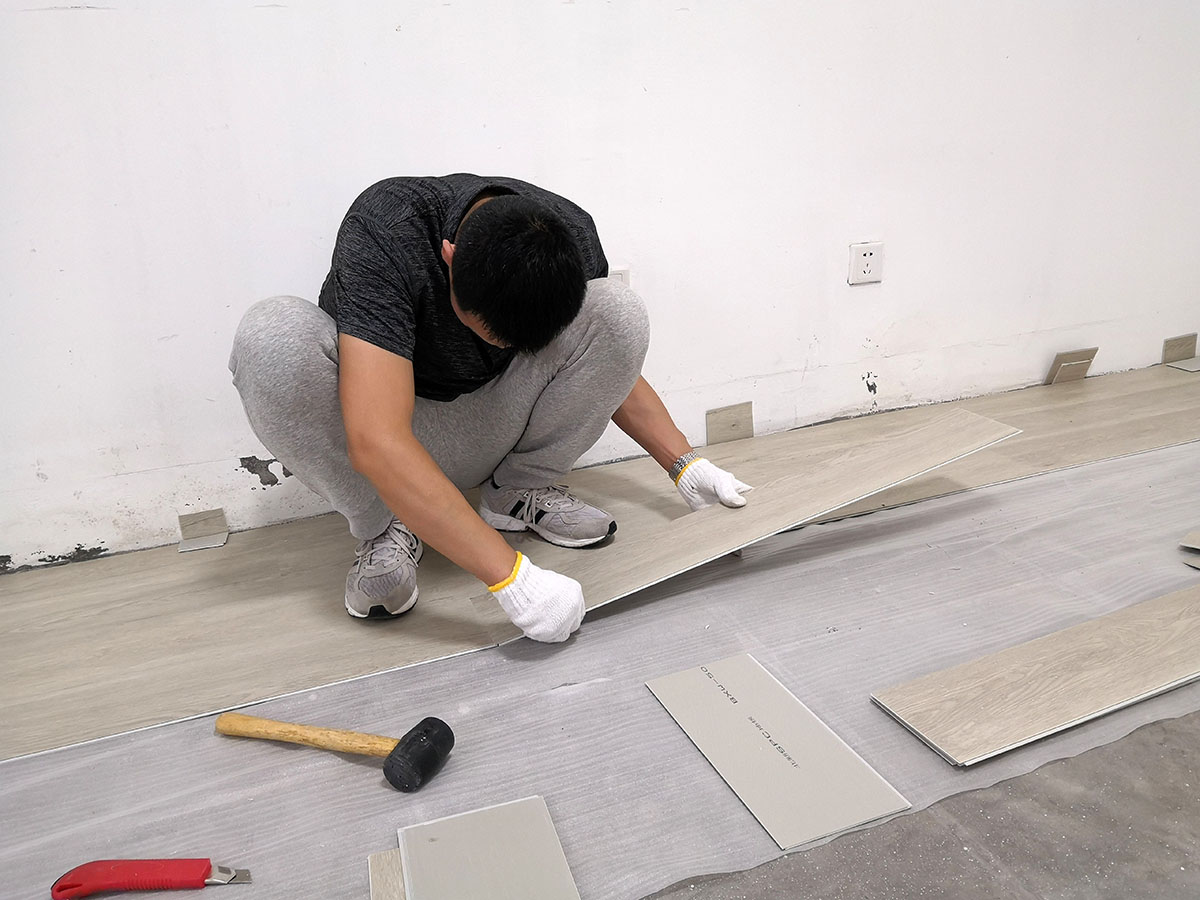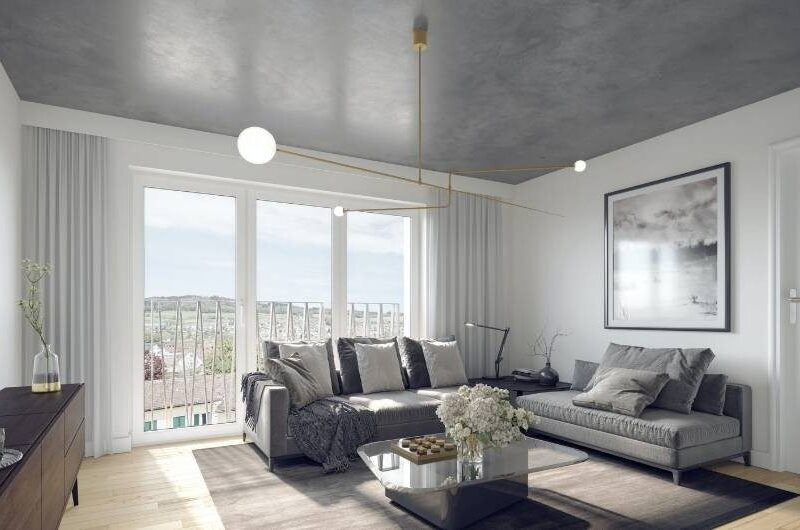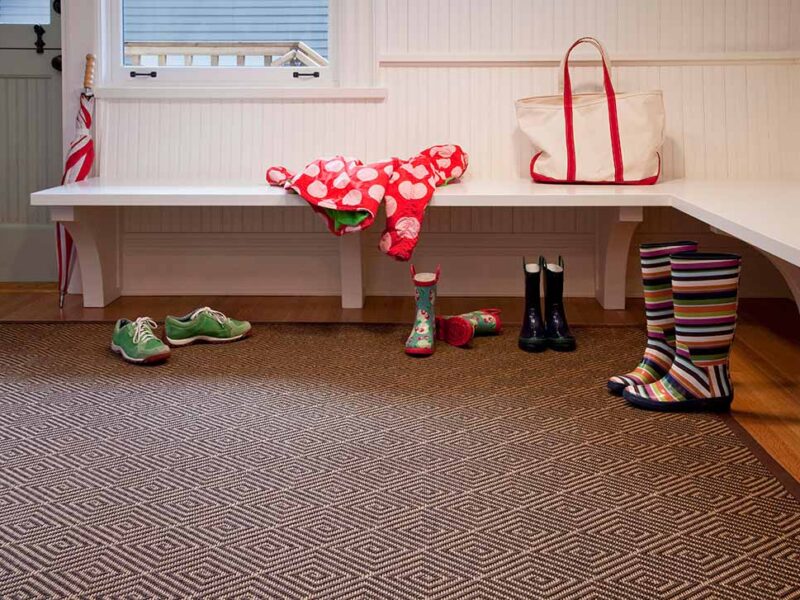SPC (Stone Plastic Composite) flooring has taken the home improvement market by storm due to its durability, affordability, and striking resemblance to real wood and stone. Unlike traditional vinyl or laminate, SPC flooring is engineered with a stone-plastic core that makes it incredibly rigid and dimensionally stable. This makes it an ideal choice for both residential and commercial spaces where durability and aesthetics are equally important. Whether you’re renovating your home or building from scratch, understanding the ins and outs of SPC flooring installation is crucial to achieving a professional and lasting finish.
What Makes SPC Flooring Different from Other Flooring Options
SPC flooring is constructed from multiple layers, starting with a UV coating, followed by a wear layer, a printed vinyl design layer, a rigid stone-plastic composite core, and often an attached underlayment. This multilayer construction provides water resistance, resistance to temperature fluctuations, and high performance under pressure. One of the most significant advantages of SPC over other flooring types—such as laminate, engineered wood, or WPC—is its complete waterproof nature. This makes it ideal for moisture-prone areas like kitchens, bathrooms, and basements. Especially in regions with hot and humid climates, SPC Flooring Installation Dubai has become increasingly popular due to its ability to withstand temperature extremes and high foot traffic, making it a preferred choice for both residential and commercial buildings.
Tools and Materials Required Before Installation Begins
Before starting the installation process, it’s essential to gather all necessary tools and materials. These typically include SPC flooring planks, a measuring tape, utility knife or saw, rubber mallet, spacers, tapping block, pencil, straight edge, and possibly underlayment if your SPC doesn’t come with one attached. You may also need a moisture barrier in some cases, especially if you’re installing the flooring over concrete. Ensuring you have the right tools and materials beforehand not only speeds up the process but also helps avoid mistakes and uneven finishes.
Preparing the Subfloor for a Successful SPC Flooring Installation
Preparation is key to any successful flooring project. SPC flooring must be installed over a flat, clean, and dry surface. Begin by thoroughly cleaning the subfloor to remove dirt, dust, and debris. If there are any dips or high spots, level them out using a floor leveling compound. Moisture testing is also recommended, particularly if you’re working over concrete, to ensure the area is dry enough to receive the flooring. Most manufacturers require the subfloor to be level within a certain tolerance (typically 3mm over a 2-meter span) to prevent gaps or movement post-installation.
Understanding the Click-Lock System and How It Simplifies Installation
One of the reasons SPC flooring is a favorite among DIYers is its easy-to-install click-lock system. Each plank is designed to lock into the next without the need for nails or glue. The planks are typically installed from left to right, row by row. Begin by placing spacers along the walls to account for expansion gaps, then lay the first row with the tongue side facing the wall. Insert the next plank at an angle, then press it down to click it into place. Use a rubber mallet and tapping block to secure the joints snugly. This system allows for floating installation, meaning the floor is not attached directly to the subfloor.
Room Acclimation and Why It Shouldn’t Be Ignored
Although SPC flooring is more dimensionally stable than other types of vinyl or laminate, acclimating the planks to the room’s temperature and humidity is still important. Leave the unopened boxes in the room where the flooring will be installed for at least 24 to 48 hours before beginning Flooring installation in Dubai. This helps the material adjust to the environment, reducing the risk of expansion or contraction after installation. Skipping this step may lead to gaps or buckling, especially in climates with extreme temperature changes.
Best Practices for Cutting and Fitting SPC Planks Around Corners and Fixtures
When installing SPC flooring around corners, doorways, and fixtures like pipes or vents, precise cutting is essential for a professional finish. A utility knife can handle most cuts, but for more complex shapes, a jigsaw or circular saw may be more efficient. Measure twice and cut once, and always leave a small expansion gap around walls and fixtures to allow the flooring to expand and contract naturally. Use floor transition strips where the SPC meets other types of flooring to create a smooth and clean look.
Post-Installation Steps to Ensure Long-Lasting Results
After the entire floor has been installed, it’s important to remove the spacers and install baseboards or quarter-round molding to cover the expansion gaps along the walls. These moldings should be attached to the wall, not the floor, to avoid restricting the floor’s natural movement. Avoid mopping the floor immediately after installation; give it at least 24 hours to settle. Use furniture pads under heavy items and avoid dragging furniture to prevent damage to the surface. Routine sweeping and occasional damp mopping will help maintain the floor’s appearance.
Common Mistakes to Avoid During SPC Flooring Installation
Some of the most frequent mistakes during SPC installation include failing to level the subfloor, skipping the acclimation step, and not leaving proper expansion gaps. Another common error is forcing the planks together without aligning them correctly, which can damage the click-lock system. Always follow the manufacturer’s installation guide, as failing to do so can void the warranty. Taking shortcuts might save time in the short term but can result in costly repairs down the line.
Conclusion: Why Professional Results Are Possible with the Right Knowledge
SPC flooring installation may seem intimidating at first, but with the right tools, preparation, and a good understanding of the process, it’s entirely possible to achieve professional-quality results. Its robust design, ease of installation, and low maintenance requirements make it one of the best flooring options for modern homes and commercial spaces. Whether you’re a DIY enthusiast or hiring a contractor, knowing what to expect at every step ensures a smooth experience and a stunning final outcome.



